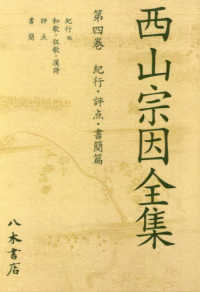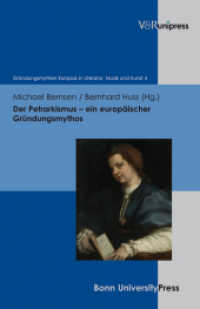Full Description
This book explores the role of teachers as intercultural mediators within language immersion education programs. The authors draw on research conducted in the context of a one-way French immersion program in New Brunswick, Canada, an officially bilingual province and country. Their discussion is anchored on the landmark Douglas Fir Group framework of second language acquisition, examining the implications of macro-level ideologies for language education, curriculum and intercultural instruction. The book considers educators' placement within the framework and their potential role as intercultural mediators between macro-level ideologies, meso-level curricular implementation, and their students at the micro level. They even provide an amendment to the framework that models this mediating role.
Through interview data with entry point early French immersion teachers and principals of their schools, the authors emphasise the importance of theoretically situating teachers' positions as mediators of ideology and culture. Through this, we can fully understand what it means to incorporate intercultural competence into language learning. They argue that, teachers receive little support—either through curriculum or through training—on how to engage with (inter)cultural instruction in their practice. They then describe their own course for training pre- and in-service teachers on intercultural mediation in their language education practice, applicable to a variety of language learning models and contexts.
Contents
Preface
Introduction: Surveying the Field
1. The Study
2. Language Ideological Debates
3. What is Bilingualism?
4. What is Bilingualism for?
5. Educational Policy and Curriculum Documents
6. Teachers' and Principals' Interpretation of Policy/Curriculum Documents
7. Implications for Language Teacher Education
Conclusion: An Amended Douglas Fir Group Framework
References
Index







